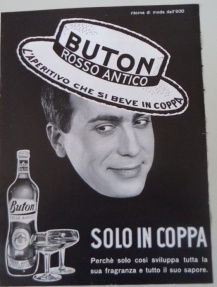Cherry season is over in Australia, but it’s never too late for a rave.
It’s been a bumper season and I’ve had fun with red Bing cherries and white Royal Rainier cherries – and for the first time coffee cherries from my own tree. I’ve also grown cherry tomatoes, but that’s not such a happy story.
I’ve eaten them fresh, macerated them, folded them into a semifreddo, made cherry granita and added them to drinks.
I bought a heap of Royal Rainier cherries at Christmas and preserved them. They have an early, short season and I’m still enjoying the last jar, adding the cherries on top of gelato, sweetened ricotta or into a refreshing drink called a Cherry Muddler. I altered this Spiced Brandied Cherries recipe to half Brandy/half Solerno Blood Orange Liqueur to Italianise it and swapped the Bings for the Rainiers. One suggestion – buy a good cherry pipper. It saves all that hand-to-mouth business and the odd cracked tooth.
This is not the best photo of a jar of preserved cherries.
So here’s something better.
I snapped this odd display in a Sydney CBD optometrist’s window and have been dying to use it ever since. Strangely appealing I think.
Italy loves its preserved cherries. The Fabbri brand, founded in 1905 near Bologna as a distillery and still family-owned, is going strong selling its Amarena cherries in syrup (in the unmistakeable blue and white ceramic jars) world-wide.
The use of cherries on household furnishings and dress fabrics was popular years ago, but not so much these days. If you’re my vintage you probably had a frock or blouse with cherries on it. Unless you’re a male. Here’s proof that Christmas is cherry celebration time: a lovely dress made by my mother with cherries on the bodice. Hands off, Santa!
It’s the last day of summer, and I’m hot and plan to cool off with this Cherry Muddler. So should you.
You might also like this Maraschino Cherries recipe and blog post from the archives.






















